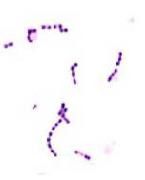Advanced Bacterial Identification Quiz
- ISO 15189
- CLSI M100
2.
We’ll put your name on your report, certificate, and leaderboard.










 Back to top
Back to top






